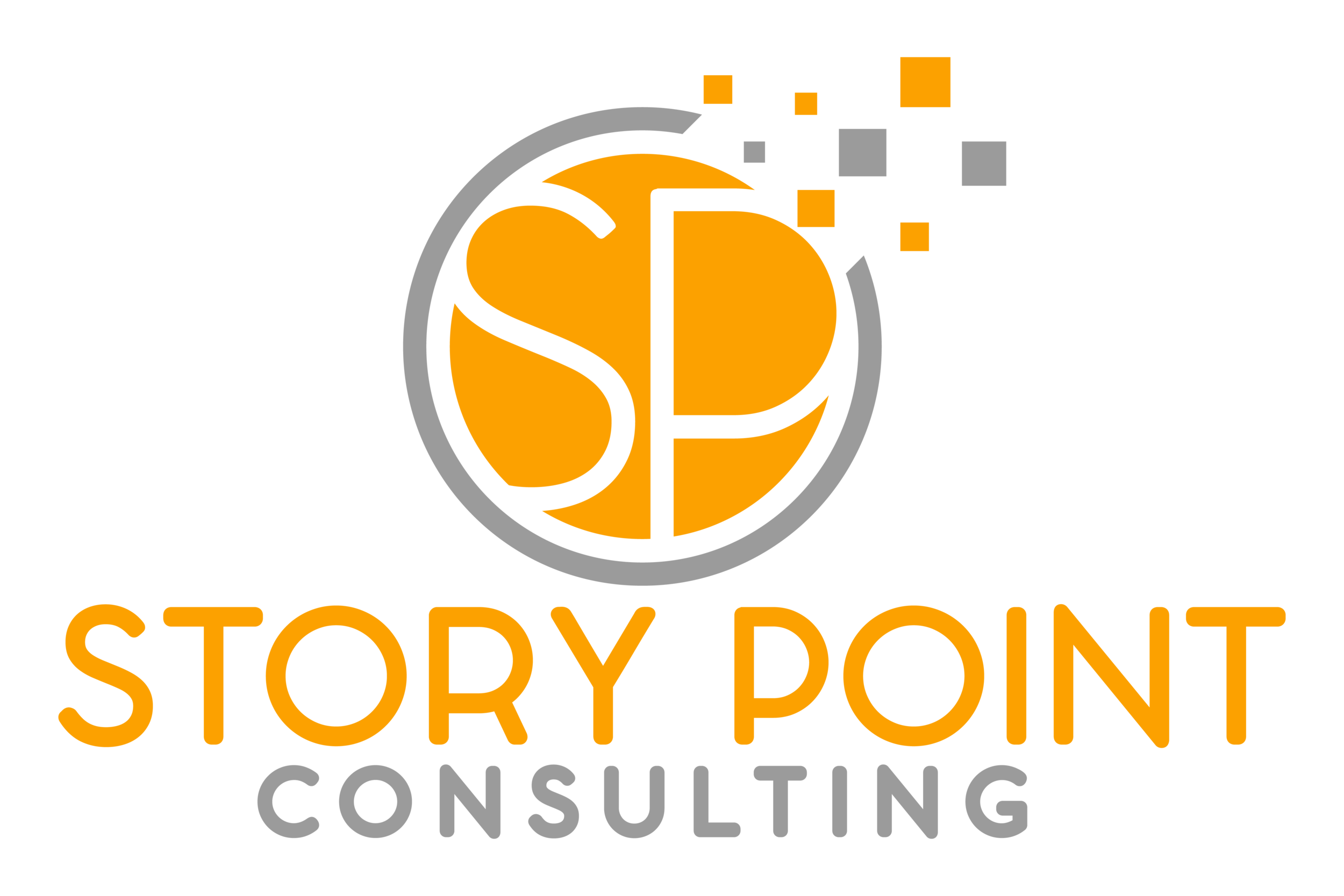Getting the Board to Buy Into Investing in a Donor Management System
Does your small nonprofit team feel that a donor management system isn’t right for you? Or perhaps you know that software will save time, but the options seem expensive or require time consuming training? Many organizations understand that technology can be an important tool to strengthen an organization’s long-term sustainability into the future. However, there can be many barriers that inhibit teams from moving from the current way of doing things. Maybe your team is comfortable using spreadsheets to keep track of your donor data, or you have a long-time staff member or volunteer that maintains all of the relationships with donors and supporters.
In our experience, teams that use digital platforms to collect and analyze data have a stronger ability to think strategically and use their time more efficiently. But how do we convince the board that technology is worth the investment? Let's look at some of the common concerns of teams moving to a digital platform.
We don't have the budget for expensive donor management software
There is a wide range of donor management software available to smaller nonprofits, with a wide range in pricing. If you are a small organization you can take advantage of free trials to test a system and build familiarity with it. A free trial allows your organization to access all the features of the software for free. However, typically there is a time limit, normally anywhere from one week to a month. As a general rule you have to provide a payment method at the time of signup and make sure that you cancel by the expiration date, or you will end up paying for the subscription.
Or there is software that has the option of a free tier which allows your organization to use the service for as long as you would like at no charge; however, there will be limitations to the product such as number of users, amount of storage, a reduced number of features and possibly reduced or no support.
Our team doesn’t have the technical expertise to learn new software
This is really important for many teams. Especially for small nonprofit organizations who may not have full-time staff or entirely volunteer run. It is difficult to learn and manage new software, when your team is most likely very busy with the day-to-day of running a nonprofit, and with volunteer board members serving only two terms. When you are looking for software, prioritize something that has the following features:
Straightforward data entry.
Templated tools that only require data entry versus customizable features that you may have to build on your own.
If your team is really skeptical about the potential move, try booking a demo to view different donor management systems. The presenter usually displays the core features of a product, so before the demo, prepare a list of questions and concerns that you may have in case the presenter does not go over those topics that are of concern to you.
Our team is small and we’re too busy to use software
One of the biggest benefits of a donor management system is the amount of time saved doing manual procedures. For example:
How much time is your organization currently taking to generate reports to summarize your fundraising performance?
How much time is spent entering donor information if you get a large number of donations?
How much time does it take you to send out a thank you to those that support your organization?
When you consider the time that it takes to perform these tasks versus a donor management software that may be able to automate many of these tasks you may be able to free up a lot of your time and spend more of it on your fundraising strategy, or building relationships with donors.
Our board/leadership does not see it as a priority
Before you approach your leadership or the board, make sure that you understand the benefits of donor software. For example donor software can be accessed via the internet which provides flexibility to your staff or volunteers to work from anywhere they have a connection and not limited to one computer’s hard drive. Donor software will also support the growth of your organization. Spreadsheets work really well for small organizations when there is a small amount of data. However, once the data grows it does become harder to manage if everyone is not familiar with how to enter the data or the formulas in the spreadsheet. And it helps to build donor relationships. When you have a method to track your interactions with those that support you, it allows you to learn more about them and helps to build a stronger relationship with your donors.
So start with presenting your board with the benefits of donor management and how it can make your nonprofit more efficient and in a better position for long-term success. Once they understand the benefits, it will be much easier to convince them to invest in a system that suits your team's needs.

